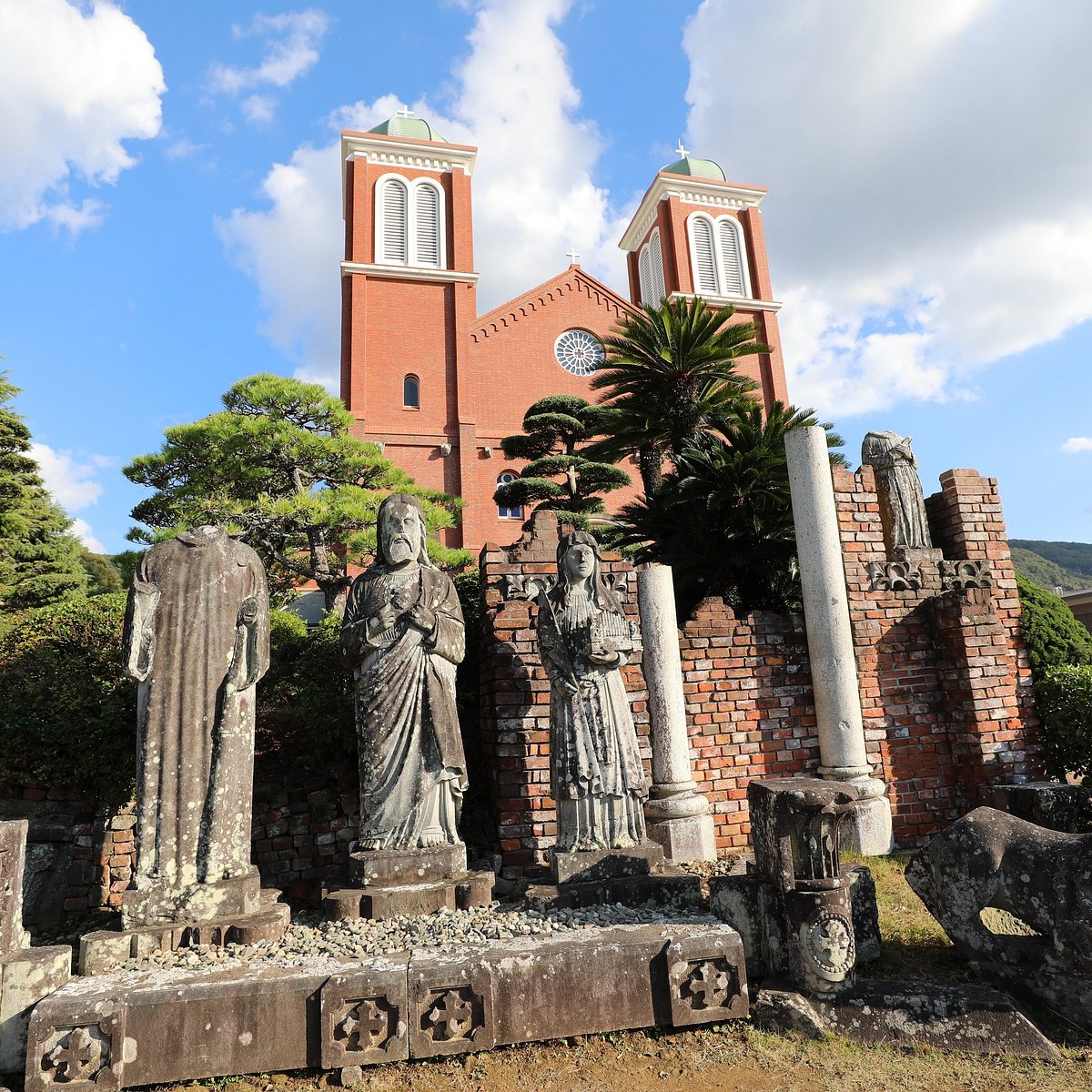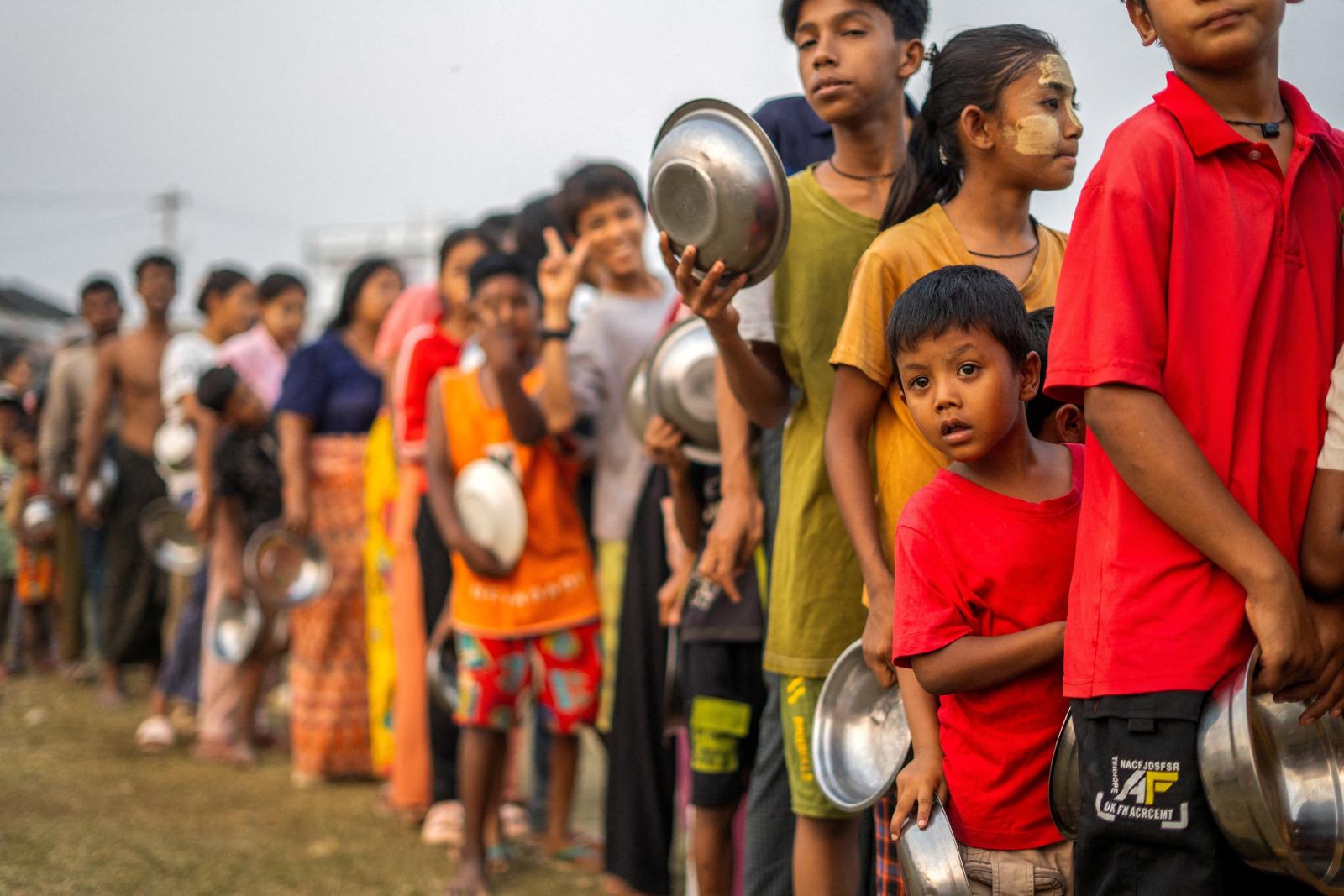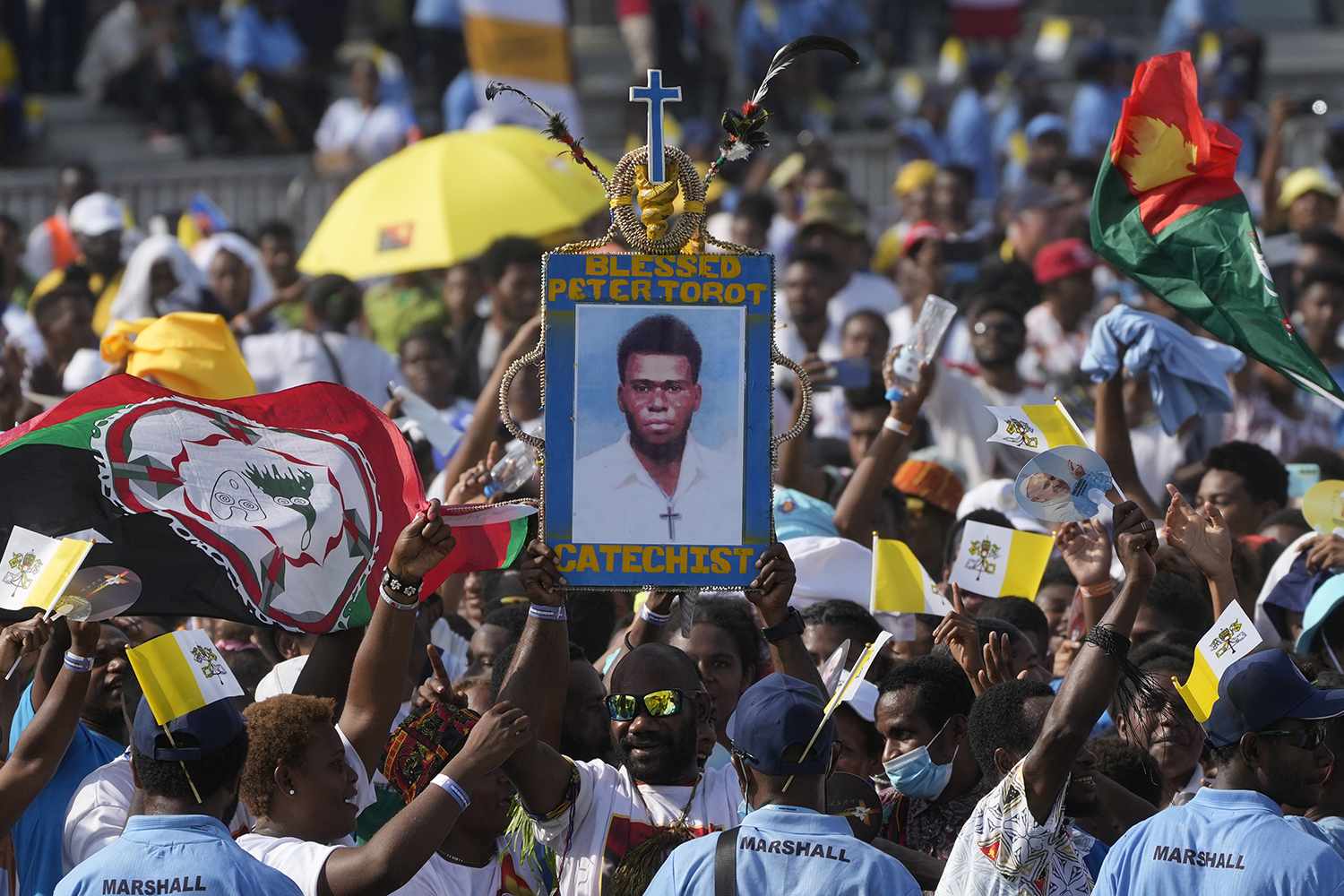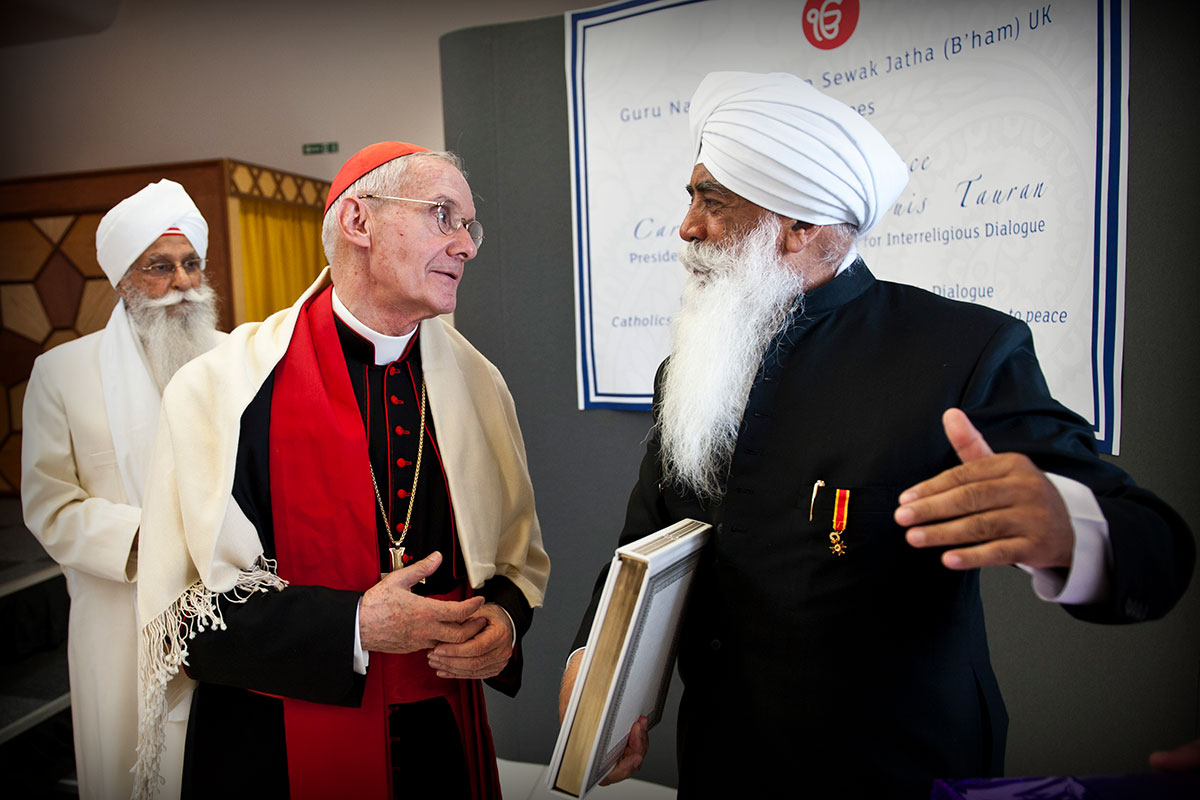The Pacifist Stance of the Holy See
Joaquim Magalhães de Castro
At a time when the world is at serious risk of facing a nuclear catastrophe, reason enough to evoke here is the recent meeting of states subscribing to the Treaty on the Prohibition of Nuclear Weapons (TPNW), an ambitious disarmament pact signed by 93 countries (more recently by Sri Lanka) and which came into force on January 22, 2021.
This is the type of event where it is normal to find people like Japanese anti-nuclear activist Hirotsugu Terasaki, interviewed by National Catholic Register reporter Victor Gaetan.
Remember that the Holy See was one of the first signatories of the TPNW. “This was truly a miraculous achievement,” confirmed Terasaki, who also credits Pax, a Dutch Catholic peace group, and the World Council of Churches. On the other hand, it is not surprising that the TPNW was not signed by the nine countries with nuclear capabilities: Russia (5,889 warheads); USA (5,224 warheads); China (410); France (290); United Kingdom (225); Pakistan (170); India (164); Israel (90); and North Korea (30). Nor for the five states that keep North American nuclear weapons stationed on their territories: Italy (35); Türkiye (20); Belgium (15); Germany (15) and the Netherlands (15).
Hirotsugu Terakashi holds the position of general director of the lay Buddhist movement Soka Gakkai International (SGI), which has around 12 million people around the world. Founded in 1930, the Soka Gakkai, Japan’s largest organized religious group, draws inspiration from the teachings of Nichiren, a 13th-century Buddhist monk.
A regular collaborator with the Holy See, the SGI participated in the 2017 Vatican conference under the theme “Perspectives for a World Free of Nuclear Weapons and for Comprehensive Disarmament”. More recently (November 2023), Pope Francis sent public condolences upon the passing of Daisaku Ikeda, a highly influential figure in Soka Gakkai International. This organization’s disarmament commitment dates back more than half a century and is directly linked to the tragic experience of the atomic holocaust experienced by Japan.
The SGI youth sector began a campaign in 1972 with the aim of “protecting the fundamental human right to survival”, gathering and documenting war testimonies from survivors of the atomic nightmare, known in Japan as hibakusha (people affected by the bomb). Of the 650,000 hibakusha recognized by the Japanese government, more than 113,000 are still alive.
In 2007, a fortuitous partnership with the International Physicians for the Prevention of Nuclear War (which in 1985 won the Nobel Peace Prize) would help expand SGI’s anti-nuclear commitment. This medical organization had started the International Campaign to Abolish Nuclear Weapons (ICAN) and asked the SGI to sign up as one of its main collaborators, in order to help obtain global approval for the TPAN. These organizations, from now on, would be especially committed to mobilizing everyone, especially youth.
In this regard, Hirotsugu Terasaki recalls: “To realize our vision of a world free of nuclear weapons, we felt compelled to create a vast global network committed to educating people about the devastating realities of nuclear weapons. Our efforts began with organizing study groups for diplomats from around the world, raising awareness of the consequences of nuclear exposure.”
The main message from TPNW activists is that nuclear weapons are the most inhumane weapons ever created. They violate international law, cause serious environmental damage, undermine global security and divert budgets from responding to human needs. Nuclear weapons must be eliminated, not just controlled.
“As the world faces increasing challenges, the influence of moral discourse becomes increasingly pertinent,” says Hirotsugu Terasaki. This is a position strongly held by the Holy See. As Pope Francis declared in Nagasaki in 2019: “International peace and stability are incompatible with attempts to build on the fear of mutual destruction or the threat of total annihilation. They can only be achieved based on a global ethic of solidarity and cooperation.”
One of the rooms at the United Nations headquarters in New York houses a statue of Saint Agnes – known for resisting multiple assassination attempts – which in itself constitutes a “disturbing reminder of nuclear devastation”. This image of the saint would survive the atomic bomb dropped on Nagasaki by the United States on August 9, 1945. The projectile exploded 500 meters from Urakami Cathedral, the largest Catholic church in Asia at the time, incinerating between 60 and 80 thousand people in the process, of which only 150 were military. The statue of Saint Agnes was found, face down, intact, in the rubble of the cathedral…
Declassified documents from the Pentagon have once and for all solved the enigma of the attack on Nagasaki. Although this city did not appear on the initial list of targets, it would, at the last minute, be added to the list by an unknown hand, as the objective was to obliterate the most representative Catholic community in Japan. And this, as retaliation for the Vatican’s establishment of diplomatic relations with Japan in 1942.


 Follow
Follow


